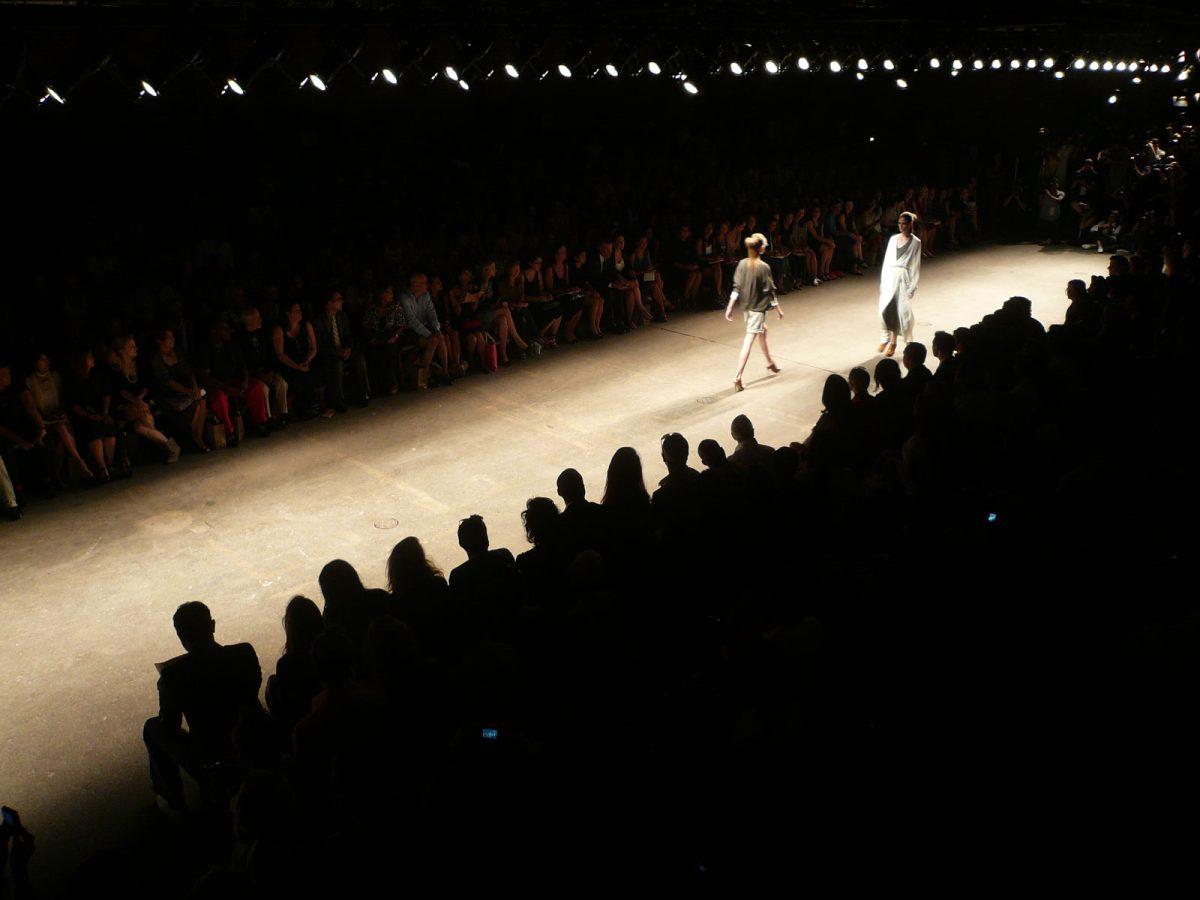There has been quite a lot of unexpected turnover in the fashion industry these past few weeks. Though the business is known to be fast-paced, many are worried about the unusual volatility of the leadership in the industry. Alexander Wang held his last Balenciaga show, Raf Simons resigned from Dior, Ralph Lauren stepped down as CEO and last week, Alber Elbaz announced his departure from Lanvin. Those involved in high fashion understand and expect movement in the business, but these recent changes have raised a few red flags.
The first to announce his exit was Alexander Wang, the 31-year-old former creative director at Balenciaga. His short run of three years wasn’t very memorable, but he expanded the brand and created several unique designs. His own Alexander Wang collection, however, has been stirring headlines with its sporty, androgynous and futuristic styles that quickly became a favorite amongst celebrities. His reason for leaving Balenciaga was mainly to focus on his own fashion line in New York City; simply put, the designers don’t have time anymore. Business needs can hamper artistic creativity, yet the show must go on. Ralph Lauren, after experiencing a decline in sales in recent years, opened up Denim & Supply, Polo Sport and Polo for Women over the course of three years to add to the profit. Even at age 75, Lauren worked hard as CEO to keep his company thriving in such a competitive industry full of budding designers eager to succeed. From holographic fashion shows to collaborations with electronic artist Avicii, Ralph Lauren has definitely tried to keep things interesting. Yet, just a few weeks back, Lauren decided it was time to hand the baton to Old Navy’s Stefan Larsson, who prior to working for Old Navy, was an executive at H&M. While Ralph Lauren will still be heavily involved as creative director, the same cannot be said for Raf Simons and Alber Elbaz.
Raf Simons, Dior’s creative director of three years, announced his plans to move on earlier this month. After a short but successful time at Dior, it is rumored that the designer decided to leave due to the unfavorable terms of his new contract. Thus, instead of seeking a contract renewal, he said his goodbyes. On a similar note, Alber Elbaz stated that it was Lanvin’s majority shareholder Shaw Lan-Wang was the ultimate cause of his resignation. This announcement gave way to much controversy amongst Elbaz’s employees, who were upset that Lanvin’s beloved director would leave after a successful 14 years. Elbaz himself didn’t seem to be very accepting of the idea himself as he analogized himself as a conductor who is forced to abandon his orchestra.
Many are concerned about the way in which the high fashion industry is pushing away creative geniuses like Raf Simons and Alber Elbaz merely for business reasons. The designers are expected to produce fresh new looks for the following season, while endeavoring to both make a statement and appeal to the largest crowds. This type of stress can only hamper the type of pure creativity that used to drive the fashion industry, a market now increasingly dominated by pop culture and moving faster than ever. The barrier between high fashion and celebrities has started to disappear; only a few examples include Cara Delevingne’s entry into the movie industry, Kendall Jenner’s debut at the Marc Jacobs show, Kanye West’s Adidas YEEZY collection, and Taylor Swift’s sudden affinity for model best friends; Olivier Rousteing of Balmain practically caters to the Kardashian family. Alber Elbaz is disappointed with the direction of the industry today: “We became “creative directors,” so have to create, but mostly direct. And now we have to become image-makers, creating a buzz, making sure that it looks good in the pictures.” Lanvin hopes to reinstate Elbaz and undo Shaw Lan-Wang’s decision – we hope their shouts are heard and answered. The industry is becoming more business than art, and we hear and share Elbaz’s complaints. High fashion used to be about the woman: Coco Chanel defined the modern woman in her tweed jacket, and Dior accentuated the feminine physique with elegant skirts. These designers were artists. Hopefully such recent events don’t indicate a trend of burnt out creative directors and consequently, second-rate designs. If so, then the once beautiful business of fashion is looking rather dim.




